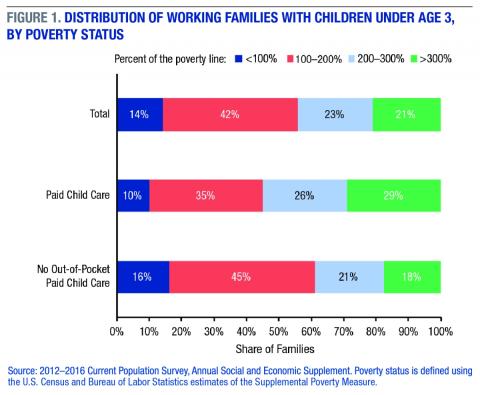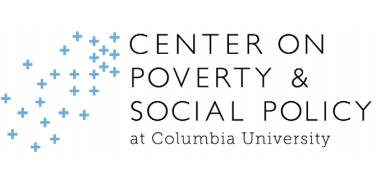download the brief
Key Findings
Working families with young children face substantial barriers in accessing and affording quality child care. Figure 1 shows that among working families with a child under age 3, those who do not pay for child care are more likely to live in poor or low-income families than those who do pay for child care (61 percent versus 45 percent).
These income differences suggest that cost may be an obstacle to greater labor force attachment or desired care arrangements among those who currently do not pay for care. Given the burden of high child care costs, along with the recent national attention paid to child care, it is worth thinking about policies that would help make child care more affordable. For example, simply making the Child and Dependent Care Tax Credit refundable could lower barriers to work for poor families with young children, and expanding this credit could improve access to paid child care.


This research was made possible by a gift from Jay Robert Pritzker and Mary Kathryn Pritzker
This research was conducted by the Carsey School of Public Policy and the Center on Poverty and Social Policy at Columbia University.
